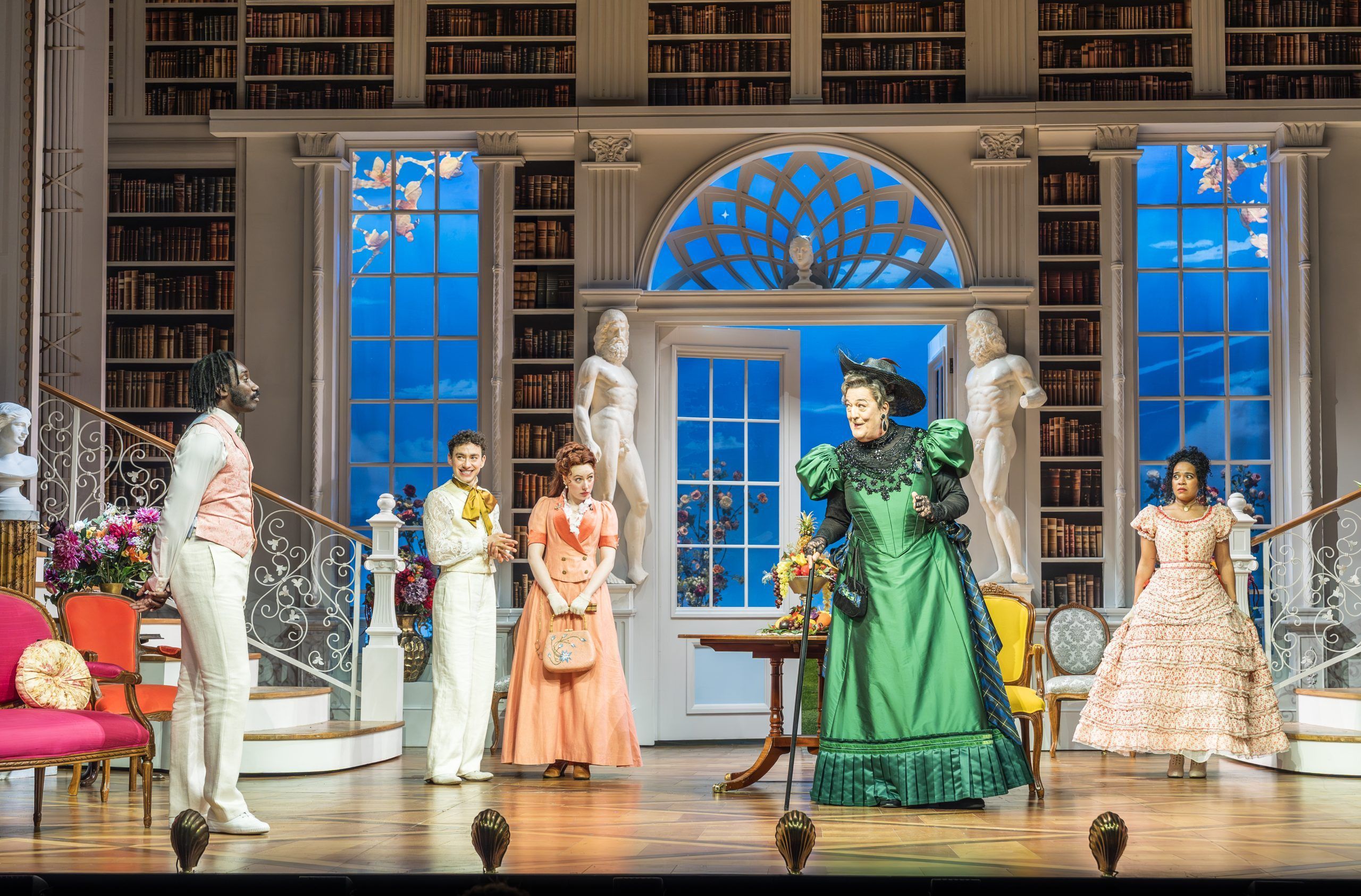
Flowers have long been part of how people express care, sorrow, and remembrance. In moments of loss, words often fall short, but a single arrangement of lilies, roses, or carnations can speak volumes. They serve as both a tribute and a source of quiet comfort, standing beside loved ones in rooms full of emotion. For many, flowers help acknowledge the depth of the loss while also offering warmth and beauty during a time of grief.
Their role is not simply decorative. From ancient traditions to modern practices, funeral flowers carry deep meaning. They offer support to the grieving, convey respect for the departed, and mark the occasion with grace. Whether selected from tradition, personal connection, or visual symbolism, each bloom tells part of the story.
Where Flowers Find Their Purpose
The presence of flowers at funerals is a tradition and a gesture that brings emotional support and warmth to the setting. The way they are selected and displayed often depends on where the service is held and who the flowers are meant for.
Some are placed near the casket as a final tribute, while others are sent directly to grieving families as a quiet expression of care.
In settings that regularly host such ceremonies, having thoughtful delivery options makes a difference. A notable benefit is that many reliable florists deliver floral arrangements to funeral homes, such as the Potter Funeral Home in Westport, or other local venues, recognizing that the sender is seeking options that offer convenience and sympathy.
This promises timely delivery and appropriate arrangement choices, ensuring that flowers arrive not just at the right time, but with the care such moments deserve.
The Meaning Behind Common Funeral Flowers
When families choose flowers for a funeral, they are often guided by more than color or style. Many flowers carry long-held meanings, and selecting the right ones can offer a quiet, powerful message during a time when words are hard to find.
Lilies are perhaps the most common in funeral arrangements. White lilies, in particular, symbolize purity and the idea of the soul being at peace. They are often chosen for their association with spiritual renewal and the dignity they bring to a memorial setting.
On the other hand, roses offer a range of emotions depending on their color. Red roses stand for love and deep respect. White roses signify innocence and reverence, while pink can suggest admiration or gratitude. Including a single rose in a casket spray or bouquet can be a touching personal detail.
Another example is chrysanthemums, especially in Europe and parts of Asia, which are closely tied to mourning. In many cultures, they are used exclusively for funerals and gravesites, representing grief, truth, and farewell. Their strong petals and rich hues bring visual weight and symbolic depth to any arrangement.
Each flower tells a story. Whether chosen for tradition or personal significance, these selections become a lasting tribute, both beautiful and meaningful.
How Flowers Offer Support to the Grieving
Grief is deeply personal, but certain things, like the presence of flowers, offer comfort across all experiences. Psychologists have noted that sensory surroundings influence mood during mourning. They also help people find moments of peace during an otherwise heavy time.
A Gentle Presence In An Emotional Space
The emotional weight of a funeral can be overwhelming. People often walk into the room carrying layers of sadness, anxiety, and fatigue. Flowers help soften that intensity. Their natural beauty brings a sense of calm to the environment and creates a space where people feel more settled, even if only briefly.
The presence of blooms can ease visual tension, allowing mourners to reflect or connect without feeling emotionally exposed. They offer quiet comfort when words are not enough.
A Symbol Of Ongoing Care
Grief does not end when the service is over. In fact, it often becomes heavier in the days that follow. A floral arrangement sent after the funeral can make a significant emotional difference.
It signals to the grieving that they are remembered and supported beyond the formalities. The simplicity of seeing fresh flowers at home, placed in a kitchen or bedroom, becomes a steady visual reminder that others are still thinking of them, still showing up in gentle, meaningful ways.
A Way To Honor Personality And Memory
One of the most touching things about funeral flowers is how they can reflect the life and character of the person who has passed. Selecting blooms that match someone’s personality, like cheerful sunflowers, elegant orchids, or soft garden roses, adds a unique and memorable layer to the tribute.
It becomes more than just tradition; it becomes personal. These kinds of details create a space filled with stories and warmth, helping mourners feel closer to the person they are there to remember.
Cultural Variations In Funeral Flower Customs
Flowers are a part of many funeral traditions, but their meaning and use can vary widely between cultures. Understanding these differences adds depth and respect to the role flowers play during loss.
In Western cultures, flowers are commonly used in funeral homes, places of worship, and gravesites. White lilies, roses, and carnations are often chosen for their associations with purity, love, and remembrance. Arrangements are typically large and formal, serving both as decoration and tribute.
In Asian cultures, floral customs often carry very specific meanings. In Japan and China, for instance, white chrysanthemums are traditionally used for mourning. They represent grief and are rarely seen in celebratory contexts. Color matters, too. Red, which symbolizes happiness in many Eastern cultures, is generally avoided at funerals.
In Hindu ceremonies, flowers like marigolds are used not just for decoration but for a spiritual offering. The body may be adorned with garlands, and flowers are scattered during the cremation process. Their fragrance and color are thought to guide the soul toward peace.
Recognizing these variations helps avoid misunderstandings and ensures the arrangements chosen feel appropriate and meaningful to those involved.
When sending sympathy flowers, it is always worth considering the family’s background and traditions to ensure your gesture brings comfort in the way it is intended.
The Role of Flowers After the Funeral
Grief does not follow a schedule. While the funeral marks a formal moment of goodbye, emotional healing continues long after the ceremony ends. This is why sending flowers even after the service can be such a thoughtful and lasting gesture.
A simple bouquet arriving days or even weeks later can bring reassurance. It reminds the recipient that they are still surrounded by care, even after others have moved on. It also helps soften the sense of isolation that often follows public mourning.
Floral arrangements sent to the home can feel more personal than those displayed during the ceremony. They serve as a private tribute, one that does not require formal acknowledgment, yet still provides warmth, color, and a sense of being remembered.
In this way, flowers continue to comfort well beyond the immediate goodbye.
Final Word
Flowers have long been part of how people navigate loss. They help express care, memory, and sympathy when words fall short. Whether chosen for tradition, cultural meaning, or a simple gesture of kindness, their presence offers comfort in quiet and powerful ways.
In funeral settings and beyond, flowers remind the grieving that they are supported. Their beauty softens difficult spaces and gives form to emotions that are hard to speak aloud. Even after the service ends, flowers can continue to connect people and offer a visual expression of remembrance, respect, and love.
At their heart, funeral flowers are not just about what has been lost, but what continues: connection, memory, and care that carries forward, one bloom at a time.




